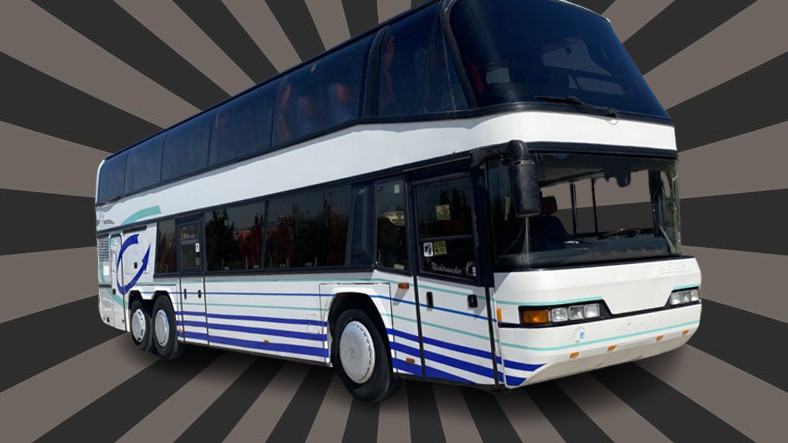Technological developments over the years have changed people’s lives on a large scale; Transport is one of them. years ago find a plane and it was not easy to change cities in a few hours, and getting a car was a luxury. As such, inter-city transportation, especially inter-city transportation, is a common method even today. with buses was provided.
30-40 years ago, buses were not like today. Apart from the primitiveness of the engines, they were also not comfortable. However, there was a remarkable situation in those years: double decker buses… Double-decker buses, which you can’t see anywhere other than the junkyard today, were used in Turkey from 1986 on. So what happened to double-decker buses? did not hold up in Turkey?
In 1986, double-decker buses came to Turkey for the first time.
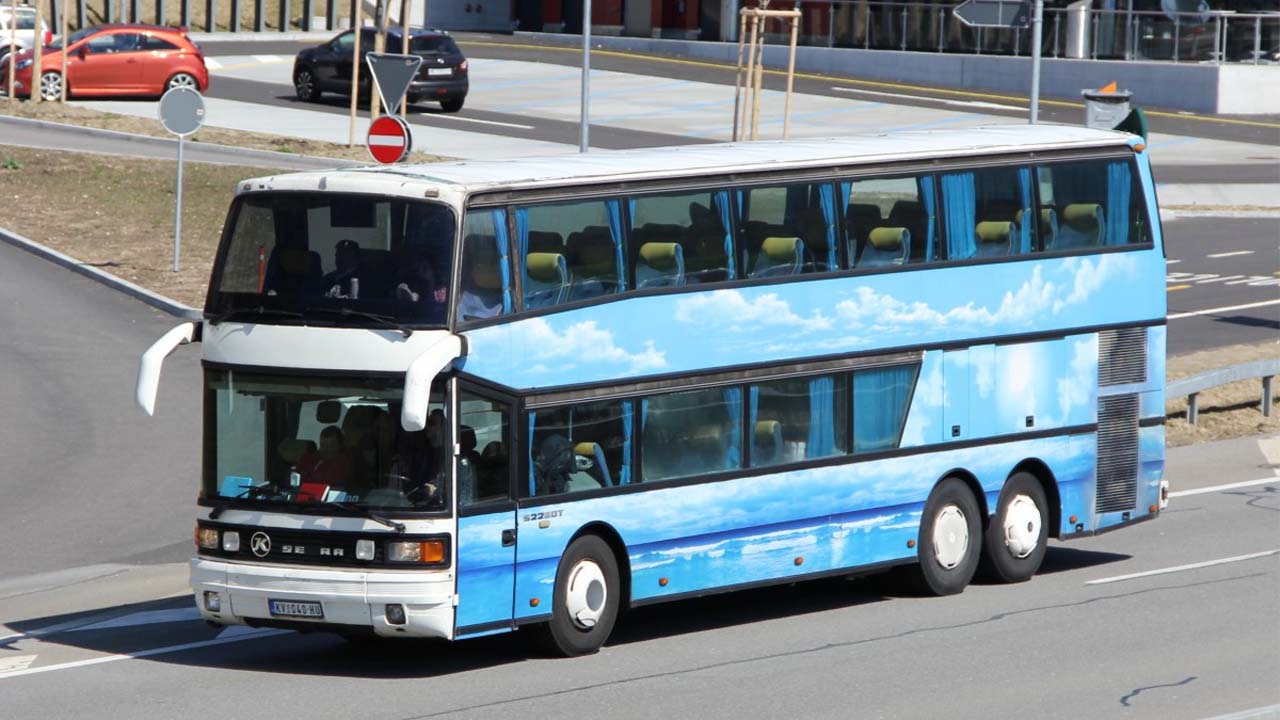
*The first double-decker bus to come to Turkey: Setra S 228 DT.
still in service today Varana Tourismwent down in history as the company that first brought double-decker buses to Turkey. The calendars bore the year 1986 and this double-decker bus with the name “Setra S 228 DT” was considered unique for those years. In fact, boarding a double-decker bus was seen by the public as a matter of prestige. As such, along with Varan Turizm, other intercity transport companies, both Setra S 228 DT They also started introducing double-decker buses such as Neoplan Skyliner in the Turkish market.
The double-decker buses offered a fairly good view due to their height. So much so that the first Setra S 228 DT double-decker bus is coming to Turkey It was 4 meters highL. For example, traveling between cities offered a unique experience upstairs, especially in the front rows. However, some double-decker buses cons There was also.
The top floor was 1.68 meters high.
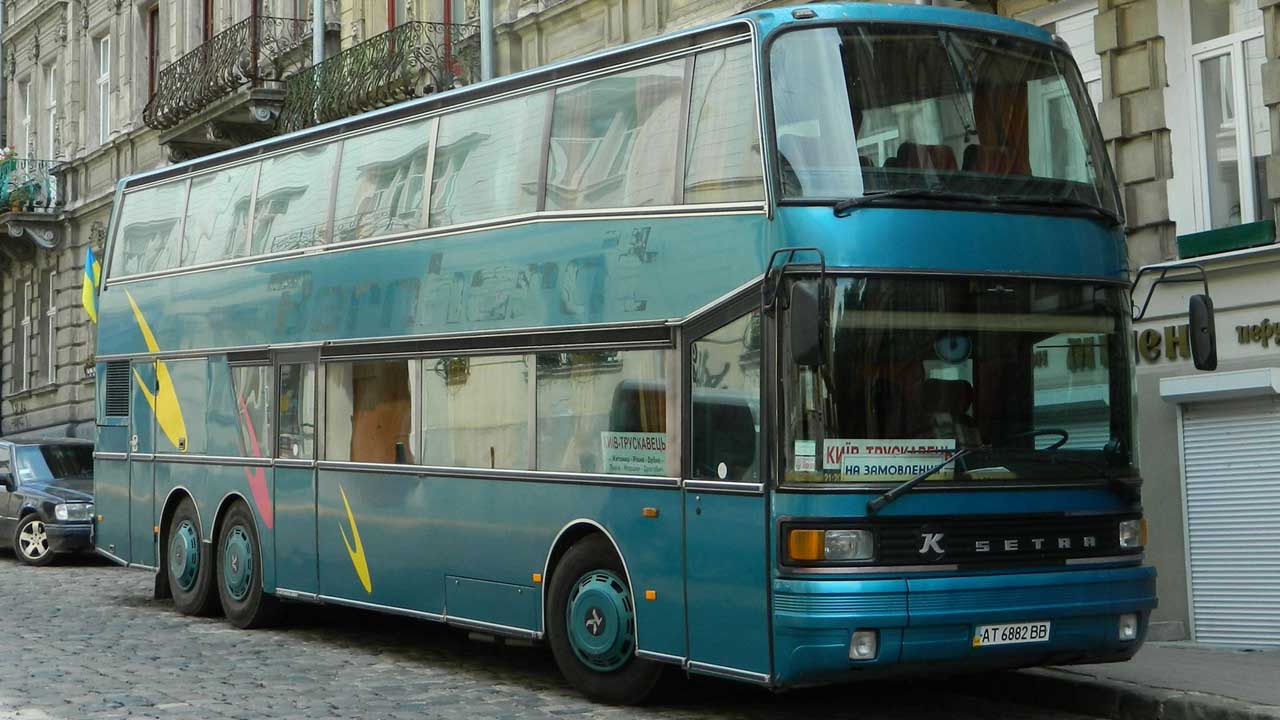
Although the double-decker buses were gigantic from the outside, the situation inside was different. If we give another example about S 228 DT; the height of the top floor of this bus was only 1.68 meters. In other words, a person six feet tall could not walk upright in this bus. Besides; the lowest floor height of the bus was 1.80 metres. So not much they weren’t comfortable.
Floor heights were not the only drawback of double-decker buses. These buses are used to go to the upper floor. stairs are also quite narrow and steep. As such, going upstairs was literally cruel. Nuisance was one of the problems that prevented these buses from being kept in our country. But that wasn’t the only reason.
Mercedes-Benz O403 began to replace double-decker buses.
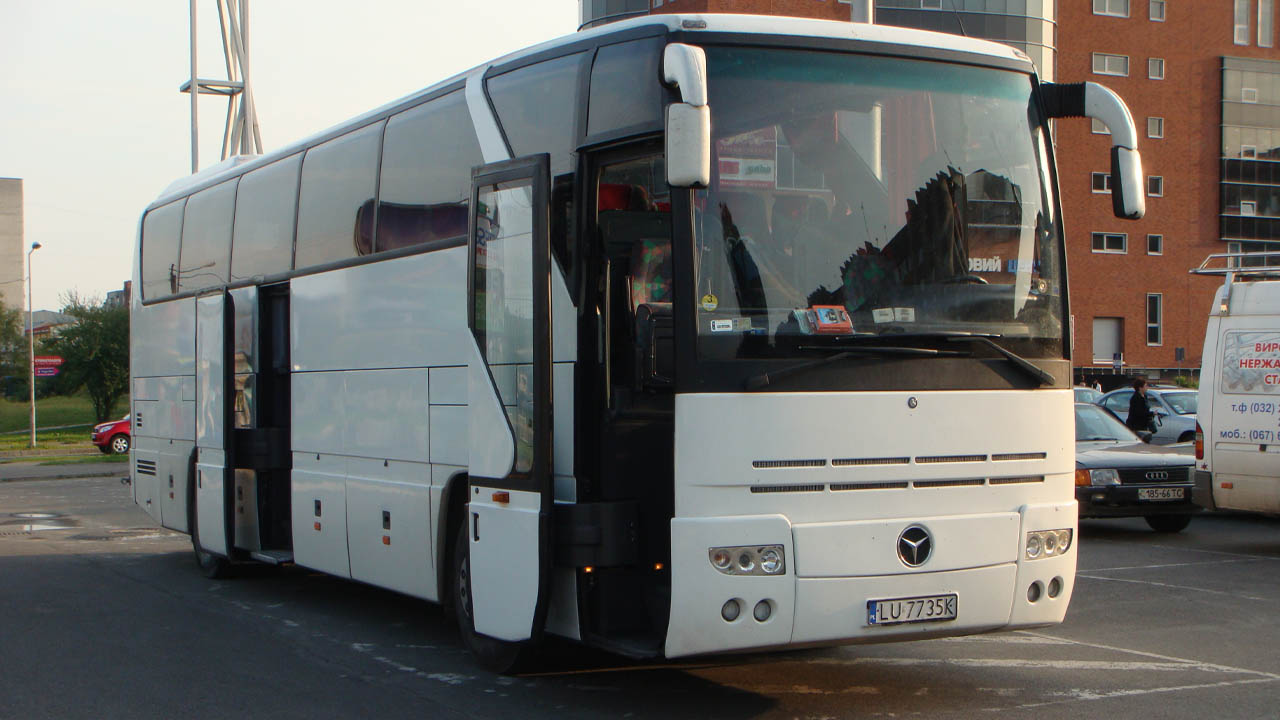
German car giant Mercedes-Benz in the early 1990s O403 launched the passenger bus. These and similar models were produced in a more modern way for that time and were in a better condition given the cost situation. Buses, which are both more comfortable and cheaper, are for citizens and transport companies. favorite started to happen. As such, double-decker buses were used for urban transport rather than intercity journeys.
The use of double-decker buses in the city led to their end!
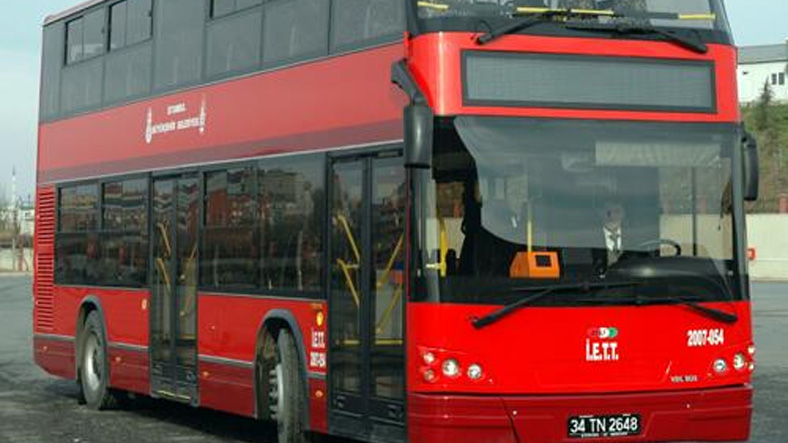
Double-decker buses being withdrawn from intercity journeys, especially Istanbul including Ankara and Izmir used in cities like But this time a different problem arose. So much so that double-decker buses were originally designed for cross-country travel. In the city it was necessary to stop and go often. A natural consequence of this is that buses that are already tired, they started to fail. Double-decker buses are now mainly used for tourist purposes and their numbers are quite low.
What about the situation in other countries?
Double decker buses, as many of you know, are the British traditional modes of transport and are still actively used. Double-decker buses are also used in other British countries. On the other hand; It is possible to see double decker buses in some European countries, such as Berlin. However, in many places they are not preferred. This one there are several reasons.
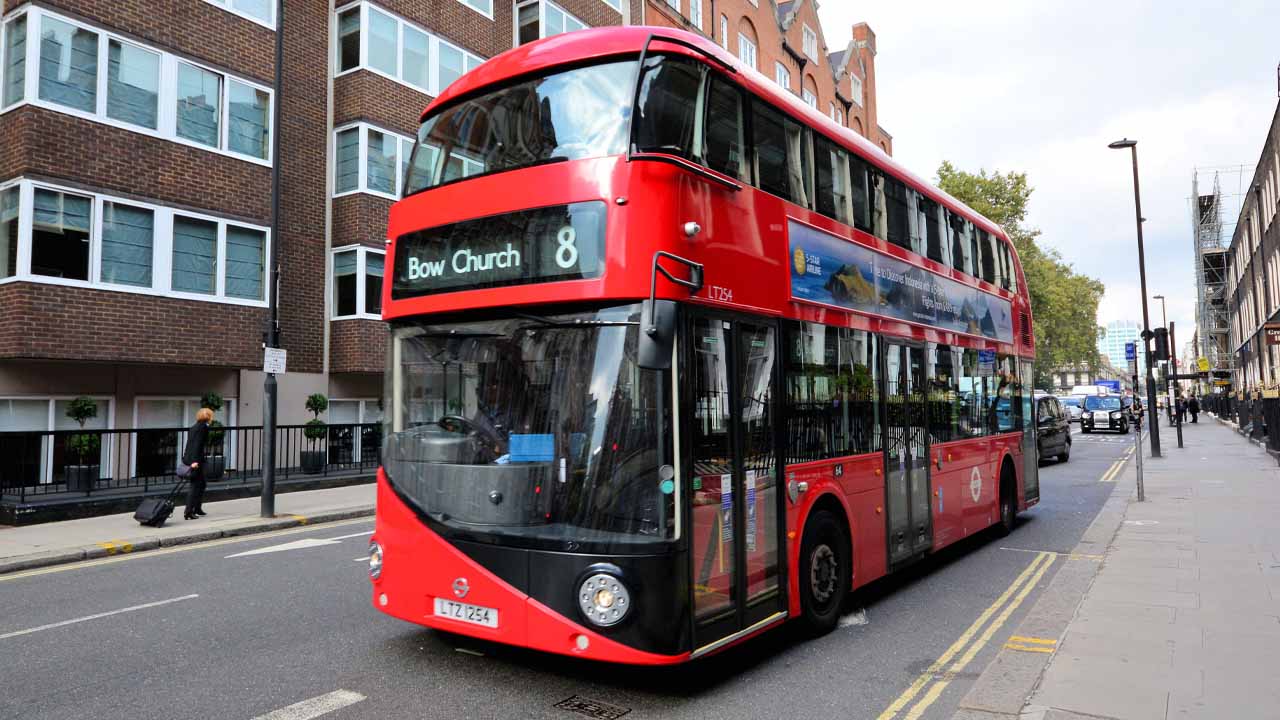
We’ve already said that double-deckers are tall vehicles. This reality is causing problems in many countries. Traffic lights and bridges for double decker buses maybe not suitable. In addition, double-decker buses that can transport many more people than a normal passenger bus. stop-go time is also quite long. Local authorities therefore prefer articulated models to double-decker buses. In this way, the risk of accidents is reduced as well as the stop-start time.







